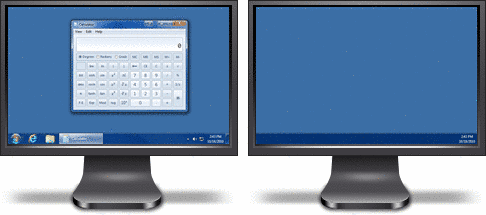
Use a variety of settings to configure each taskbar to suit your needs:
Use all of these settings to help you manage your application windows more easily between monitors. Once you start using Multi-Monitor Taskbars, you'll never be able to do without.